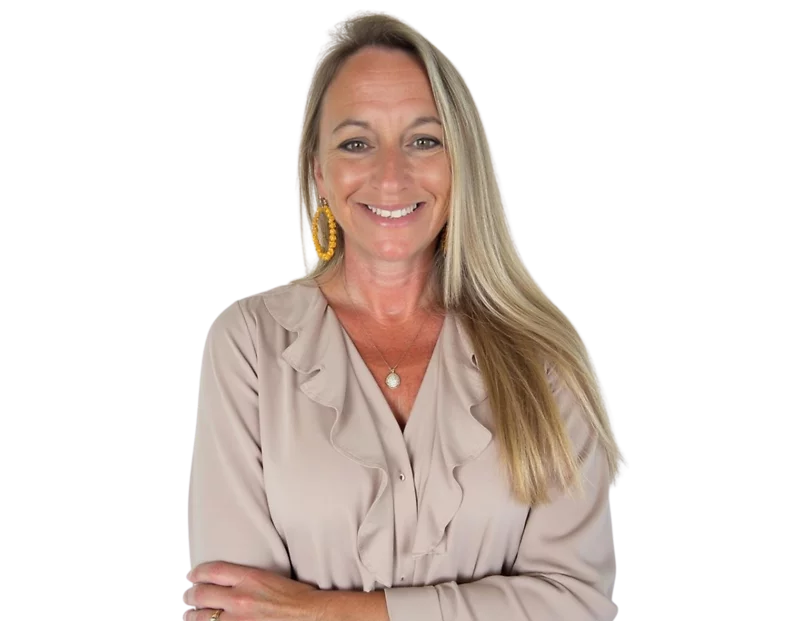
NOTE FROM ROBIN: I am delighted that David Smith will be posting here as a guest for the next few weeks. David is a partner in our Atlanta office and member of our firm's Occupational Safety and Health practice group. He'll be catching us up on the latest from OSHA.
A draft final rule on electronic tracking of employers’ injury and illness records has been sent to the White House’s Office of Information and Regulatory Affairs by the Occupational Safety and Health Administration. This is the last stage of review and approval before the final rule is issued and takes effect.
As initially proposed in November 2013, the new rule would require larger establishments to submit their OSHA 300 Logs, 301 Incident Reports, and 300A Annual Summaries to OSHA through a website that would allow for public access to that information. Only names and addresses of employees and treating physicians would be withheld. As proposed, the rule would apply to establishments that are required to keep an OSHA Log and that had at least 250 employees at any time during the previous calendar year. Currently, OSHA sees this information only during the course of an on-site inspection.
The proposal would also require that these larger establishments, and all other establishments in certain industries that had at least 20 employees at any time during the previous calendar year, submit the information from their 300A Annual Summary to the new OSHA injury and illness website on or before March 2 of each year. The designated industries include manufacturing and other industries with relatively high rates of injury and illness.
The proposed electronic tracking rule would put a much greater volume of establishment-specific injury and illness information in the hands of OSHA, which has acknowledged that it would use the additional information to conduct targeted inspections similar to the agency’s recently discontinued Site-Specific Targeting Program.
But perhaps a greater concern for employers is that the information would also be accessible by the public – and unions, public interest groups, and the media – via a searchable website database. For example, a union could use the information as an organizing tool, a reporter could publish the information, or a disgruntled former employee could base a complaint to OSHA on it. Employees could also easily access the information to confirm that their employer has recorded the injuries and illnesses that occur, and complain to OSHA if they are not satisfied that a case was recorded or recorded properly. In addition, although OSHA says that the names and addresses submitted with the information will be secured from public access, there is always some risk that the website could be hacked and the personal information disclosed to the public.
It is likely that the draft final rule submitted to OIRA may contain at least one additional provision that was not in the proposed rule, but was the subject of a later request by OSHA for public comment: the need to prevent employers from discouraging their employees from reporting injuries or illnesses. Workers’ groups have argued to OSHA that the rule needs to include a restriction against employer policies or practices that have such an effect, and that penalties should be imposed if that restriction is violated. These groups have pointed out that this is necessary to counter the temptation felt by some employers to under-record injuries and illnesses that would have to be submitted to OSHA and made public under the new rule. While the content of the draft final rule has not been released to the public, it may well include a provision prohibiting employers from having policies or practices that discourage employees from reporting their injuries and illnesses. The types of safety incentive programs criticized by OSHA in its Memorandum on Employer Safety Incentive and Disincentive Policies and Practices (issued March 12, 2012) would no doubt fall within the scope of such a provision.
OIRA guidelines say that the review of the rule should be completed within four months, although that review period has often been extended for more complicated or controversial rules. Despite this possible delay, OSHA’s submission of the electronic tracking recordkeeping rule to OIRA signals the Agency’s intent to issue a final rule at least before the end of the Obama Administration.
- Partner
He advises clients on measures and strategies to comply with the many specific OSHA regulations and, most importantly, to maintain safe and healthy work practices and environments. David is known for working closely with companies ...
This is Constangy’s flagship law blog, founded in 2010 by Robin Shea, who is chief legal editor and a regular contributor. This nationally recognized blog also features posts from other Constangy attorneys in the areas of immigration, labor relations, and sports law, keeping HR professionals and employers informed about the latest legal trends.





































